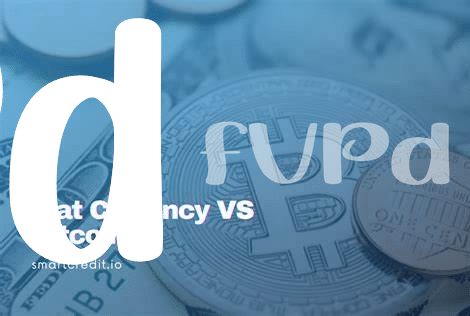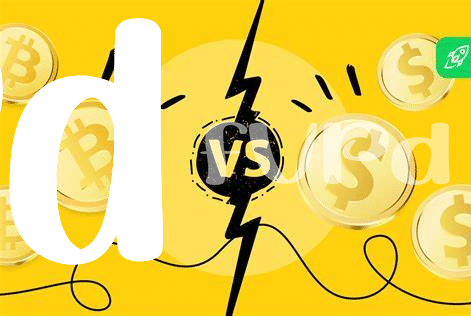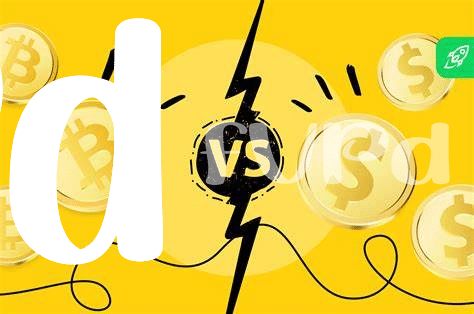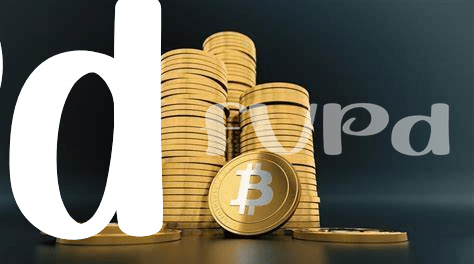📈 Understanding Inflation: What Makes Prices Rise?

Imagine going to the store and noticing that your favorite chocolate bar costs more than it did last week. That’s inflation for you — a sneaky force that makes things pricier over time. But why does it happen? It’s a bit like a party invitation that goes out to more people than initially planned. When lots of money chases after the same amount of goods, prices naturally rise because there’s more demand than supply. Governments sometimes print more money to pay off debts or stimulate the economy, which is like adding fuel to the inflation fire. Other times, things we need or want become harder to get due to unexpected snags, driving prices up even more.
| Reasons for Inflation | Examples |
|---|---|
| More money in circulation | Government prints more money |
| Increased demand for products | New tech gadgets everyone wants |
| Costlier raw materials | Price hike in oil affects everything |
| Supply chain issues | Natural disasters disrupting production |
Now, think of inflation as a big wave gradually lifting all the boats in the water. Some boats (like wages) might rise slowly, making you feel like your money isn’t going as far as it used to, especially when buying daily essentials or planning that much-needed vacation. This natural ebb and flow of prices touch everyone’s lives, making it essential to grasp how and why our money’s buying power shifts over time.
📉 the Lowdown on Deflation: Why Prices Fall?
Imagine going to your favorite shopping spot and finding that the prices of everything you love have just dropped, feeling like everything’s on a forever sale. That’s deflation for you – when the cost of living takes a surprising dive. Picture this happening because, simply put, people aren’t spending much money. Businesses chase fewer dollars by lowering prices, hoping to tempt buyers. Banks might even cheer on by making borrowing cheaper; imagine loans with super low interests! But here’s the twist: just like too much ice cream can give you a brain freeze, too much deflation can chill an economy to its core. People might wait longer to buy, anticipating even lower prices, leading to a loop of spending less and less. While it might seem like a bargain hunter’s dream, this cycle can hurt businesses and jobs big time. At the same time, advancements in tech are shaking things up in the world of digital currency, like Bitcoin. To dive deep into how these tech advances could influence Bitcoin’s stability, especially with things like the Lightning Network boosting privacy, check out an in-depth analysis here: https://wikicrypto.news/the-role-of-lightning-network-in-enhancing-bitcoin-privacy. What does this all mean for our wallets and future spending habits? Well, that remains the million-dollar question as we march into 2024.
💵 Fiat Money Explained: Your Everyday Cash

Imagine opening your wallet and finding it stuffed with the money you use every day – that’s fiat currency for you. It’s the paper money and coins that we all use to buy our morning coffee, the weekly groceries, or that new book you’ve been eyeing. Governed by governments and central banks, fiat money gets its value not from physical commodities but rather from the trust and faith that we, the people using it, place in it. Unlike gold or silver, where the value comes from the material itself, the value of fiat currency is more like an agreement among everyone that it can be traded for goods and services.
Now, let’s sprinkle a little magic on it. 💫 The truth is, fiat currency is kind of like a magic trick because it requires belief to function. When the government prints more money, it doesn’t automatically mean there’s more value or wealth to go around. This act can lead us down a path where our morning coffee costs more than it used to – something called inflation. 📈 On the flip side, imagine if people started saving too much, spending less, and too many bills were sitting unused; the prices of things could actually drop – known as deflation. 📉 So, in the grand dance of economics, fiat money is the music that keeps the party going, but it needs the right DJ (aka the government and central banks) to make sure the beat doesn’t get out of control.
💰 Bitcoin Basics: Digital Gold or Just Hype?

In the world of money, Bitcoin is like a celebrity that everyone talks about but not everyone truly knows. Imagine a type of cash that lives online, doesn’t have a boss like a bank or government, and lets people send and receive money across the globe pretty fast and without a middleman cutting into it. That’s Bitcoin for you – a digital coin that’s making waves for being the first of its kind. Some folks call it “digital gold” because, just like real gold, there’s only so much of it to go around; this scarcity can make its value shoot up. However, not everyone’s sold on this idea. Critics often argue it’s all hype, with prices bouncing like a yo-yo and making some people cautious about opening their wallets.
Understanding Bitcoin requires peeling back layers beyond the buzz. For starters, transactions with Bitcoin are recorded on something called a blockchain, a super-secure ledger that’s as tough to hack as breaking into a high-tech vault. This makes Bitcoin an intriguing option for keeping money safe and sound. Yet, diving into the Bitcoin pool isn’t without its risks. Before taking the plunge, it’s wise to consider all angles, including the potential ups and downs. For those keen on exploring more about what’s in store and making an informed decision, assessing the risks of investing in bitcoin today in 2024 might just be the next step to take.
🔍 Comparing the Two: Inflation Vs. Deflation Impact
When we toss the concepts of inflation and deflation in the same ring as fiat currencies and Bitcoin, it’s like watching a thrilling match where each player brings unique strengths and weaknesses. Imagine inflation as a balloon that keeps getting bigger – that’s what happens to prices when there’s too much currency chasing too few goods. On the flip side, deflation is the balloon losing air, causing prices to drop as money becomes more valuable than the goods it can buy. Fiat money, our everyday cash, is like water; it flows in and out of an economy, controlled by central banks that can turn the tap to adjust its volume. Bitcoin, with its capped supply, stands like a solid gold statue amidst this flow, not easily swayed by the same forces that push and pull fiat money. The table below succinctly illustrates how these dynamics play out, affecting everything from the cost of groceries to the solidity of our savings, painting a picture of a future where understanding these forces could be crucial for financial well-being.
| **Aspect** | **Fiat Money** | **Bitcoin** |
|————–|———————————————————|——————————————————–|
| **Supply** | Flexible, can be increased or decreased by governments. | Capped at 21 million, making it immune to inflation. |
| **Influence**| Prone to inflation and deflation due to policy changes. | Less susceptible to such changes due to limited supply.|
| **Value** | Can diminish over time with inflation. | Potential to increase value due to scarcity. |
As we edge closer to 2024, understanding these impacts becomes not just about predicting market movements but protecting our financial future in a world where the traditional and digital economies intertwine ever more closely.
🚀 Future Predictions: Where We’re Headed in 2024

As we gaze into the crystal ball of 2024, the tension between Bitcoin and fiat currencies in the context of inflation and deflation draws an exciting picture. On one hand, we have digital currencies, like Bitcoin, championing a new era of financial autonomy. Their capped supply suggests a safeguard against inflation, enticing those wary of the diminishing purchasing power of traditional money. On the other hand, fiat currencies, backed by government decree, continue to navigate the ebbs and flows of economic policies and global events, making inflation and deflation part of their ongoing saga.
In this evolving financial narrative, Bitcoin’s role extends beyond just an asset class; it’s a protagonist in the larger story of privacy and economic empowerment in emerging markets. Understanding this role fully requires a closer look at privacy in the Bitcoin network: enhancements and challenges in 2024. As we move forward, the interplay between these currencies and their impact on inflation and deflation will undoubtedly shape how we perceive and interact with money, promising a fascinating journey through the economic landscapes of 2024.
